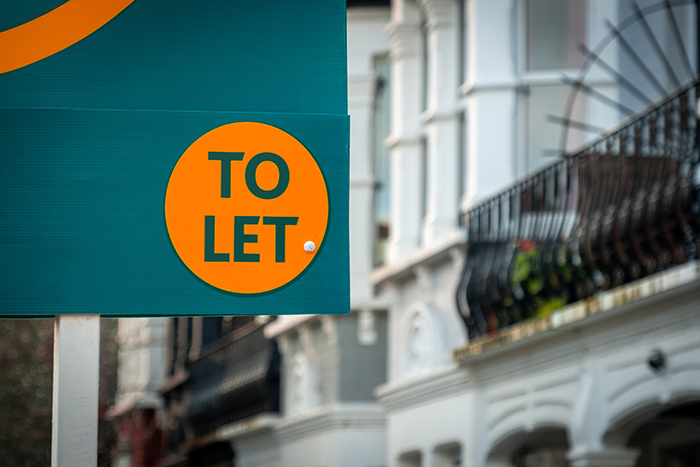
The UK’s inflation rate fell sharply to 4.6% in October largely as a result of cheaper gas and electricity prices.
As AJ Bell head of financial analysis Danni Hewson points out not only has CPI come in under 5% but it’s reached a two-year low and the number released this morning was cooler than had been expected.
Showing the steepest single month decline in the CPI since 1992, the fall from 6.7% in September also beat the 4.8% figure predicted by a poll of economists for Reuters.
So what do the inflation figures mean for mortgages?
L&C Mortgages associate director David Hollingworth believes the better-than-expected inflation data should only help to underpin the improvements in rate outlook that has already seen fixed mortgage rates dropping.
“Two year fixed rates have edged below 5% in the last couple of weeks, with major players like Halifax and HSBC joining the leading pack today. Five-year rates are nudging closer to 4.50% and could dip below that mark in coming weeks”.
Although he adds that it’s worth remembering three members of the MPC voted for a base rate rise this month. “Increasingly the hope will be that it’s now peaked, and that the conversation could turn to when rates could be cut next year. I’d expect to see more lenders following the more sharply priced competition and improvements look set to continue”.
LiveMore managing director of capital markets and finance Simon Webb is encouraged by the inflation news but remains concerned by the split opinion within the MPC.
“This latest inflation data should be enough to keep base rate at 5.25% although there is still division in the MPC. The Bank of England’s chief economist Huw Pill recently suggested there was no need to increase base rate as inflation is steadily falling. However, governor Andrew Bailey believes it is too soon to say that rate rises have ended.”
Morgan Ash managing director Andrew Gething says its really positive to see inflation return to its downward trajectory – and by quite some margin. “It is now at its lowest level for two years, thanks mostly to the lower Ofgem energy price cap. A stabilisation of food inflation will be welcome news for many, although households continue to face pressure at the petrol pump.
“While the government will be happy to have met its end of year target to halve inflation, we mustn’t lose sight of the fact that we are still a way off from the illusive 2% target”.
He adds: “Although a reduction in the base rate still feels some way off, it is hopeful that today’s news will influence the Bank of England to hold rates once again when the MPC meets next month. However, we must heed the warning that further rises are certainly not off the table, especially if the economy experiences any severe shocks.”
Scottish Friendly savings specialist Jill Mackay points out that inflation rose like a rocket last year and has been falling more like a feather during 2023 – . remaining remarkably sticky. But that situation has now changed after October’s dramatic fall in inflation.
However she warns that the reality for UK households is that living costs are still rising considerably.
“Heading into winter people’s energy bills will go back up and experts are predicting that the energy price cap will rise again in January. It therefore seems unlikely that inflation will continue its rapid descent and could hover around 4% or 5% mark for some time”.



